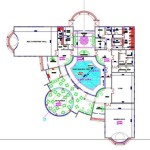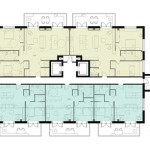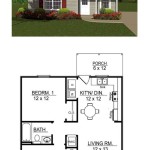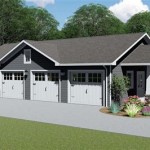Essential Aspects of House Remodeling Floor Plans
Remodeling your home can be an exciting and rewarding experience. However, it's important to carefully plan your project before you get started. One of the most important aspects of any remodel is the floor plan. A well-designed floor plan will improve the flow of your home, make it more functional, and increase its value.
Here are some essential aspects to consider when creating a floor plan for your house remodel:
1. The Flow of Your Home
The flow of your home refers to how people move through it. You want to create a floor plan that allows for easy movement between rooms and minimizes traffic flow. Consider the following when planning the flow of your home:
- The main entryway should be easy to find and access.
- The kitchen should be centrally located and accessible from multiple rooms.
- The living room and dining room should be connected, but separate enough to allow for different activities.
- Bedrooms should be located in a quiet area of the home.
- Bathrooms should be conveniently located near bedrooms.
2. The Function of Each Room
Once you have determined the flow of your home, you need to consider the function of each room. What will each room be used for? How many people will typically be in each room? What kind of furniture and fixtures will be needed?
By answering these questions, you can create a floor plan that meets the specific needs of your family.
3. The Size and Shape of the Rooms
The size and shape of the rooms in your home will have a big impact on the overall design. You want to make sure that the rooms are large enough to accommodate your needs, but not so large that they feel empty or overwhelming.
The shape of the rooms can also affect the flow of your home. For example, a long, narrow room can make it difficult to move around. A more square or rectangular room will be more efficient and easier to use.
4. The Location of Windows and Doors
The location of windows and doors can have a significant impact on the natural light and ventilation in your home. You want to place windows and doors in areas where they will provide the most benefit.
For example, you may want to place windows in the living room and dining room to take advantage of natural light. You may want to place windows in the bedrooms to provide ventilation and views of the outdoors.
5. The Overall Style of the Home
The floor plan of your home should reflect the overall style of the home. For example, a traditional home will have a more formal floor plan with separate rooms for different activities. A modern home will have a more open floor plan with fewer walls and more natural light.
By considering the essential aspects of house remodeling floor plans, you can create a design that meets your specific needs and desires.

5 Stages Of Remodeling The House Designers

Easy Home Remodeling Design Plans

Home Remodeling Plans

Sample Open Floor Plan Renovation Pegasus Design To Build

Sample Open Floor Plan Renovation Pegasus Design To Build

Changing Your Home Floor Plan Extensions Addition Costs

Easy Home Remodeling Design Plans

Case Study How To Fix A Bad Ranch Floor Plan Midmod Midwest

Interior Design Floor Plan Before After Reed

Case Study How To Fix A Bad Ranch Floor Plan Midmod Midwest








